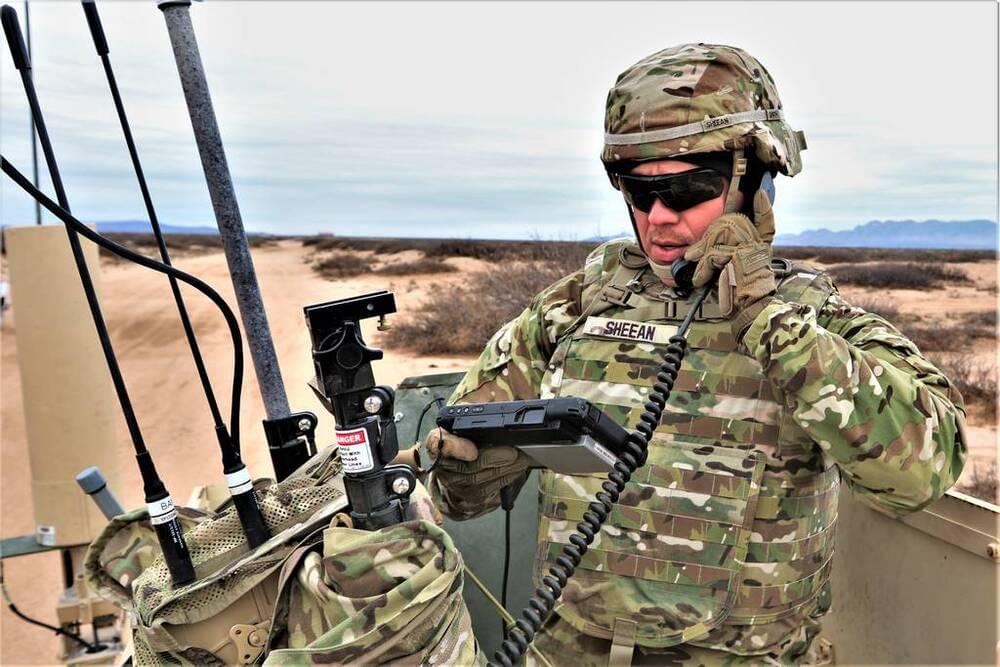In the last three or four years, he said, “we’ve gone through three different versions of our dismounted gear. So we’re able to quickly pivot to the next technology and not necessarily go down long-term production of the same solution when the technology is iterating and the threat is iterating.”
The Army is reinvigorating its networks, sensors, EW arsenal and related tools following decades of counterterrorism operations — a period when troops engaged with forces sporting less-advanced gear and communications were less at risk.
The U.S. is now preparing for potential fights against China and Russia, two world powers that spend significantly on military science and technology. The targeting of networks and other battlefield systems seen in the Russia-Ukraine war is only adding to the sense of urgency.









